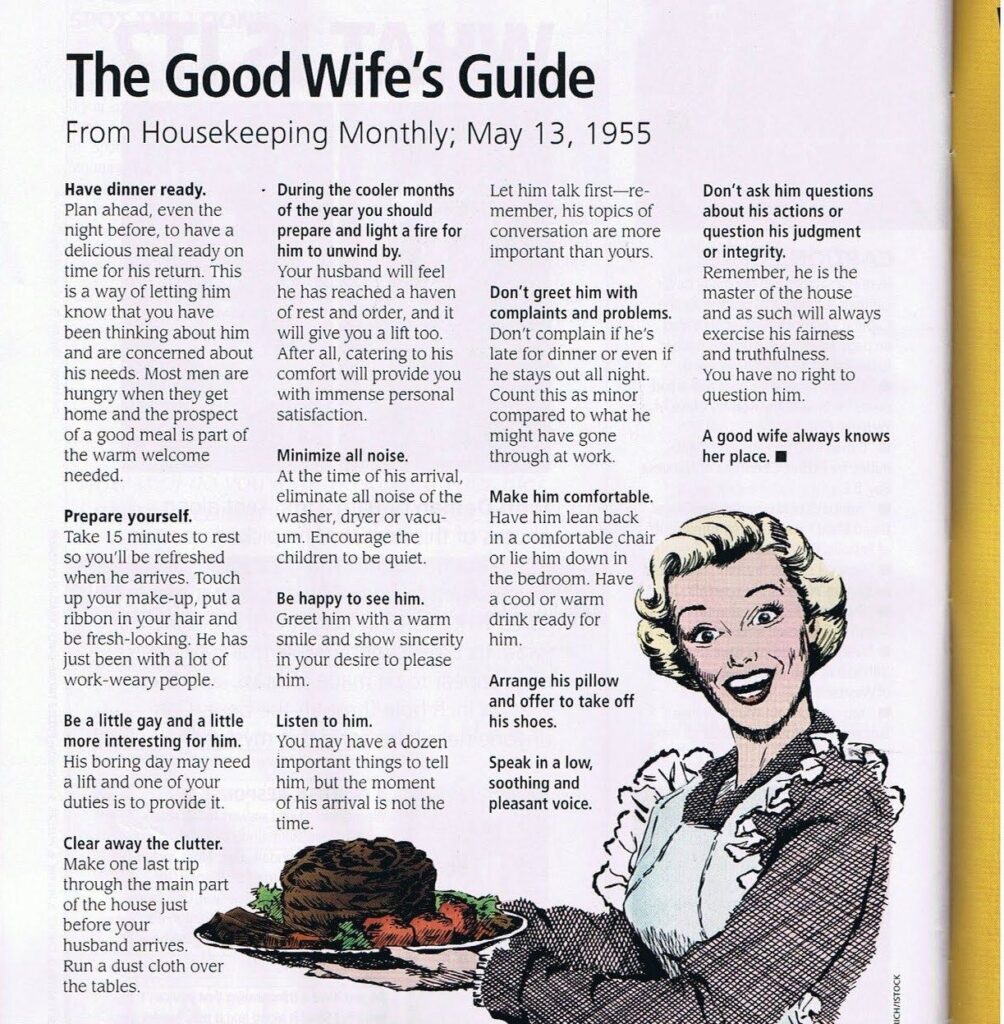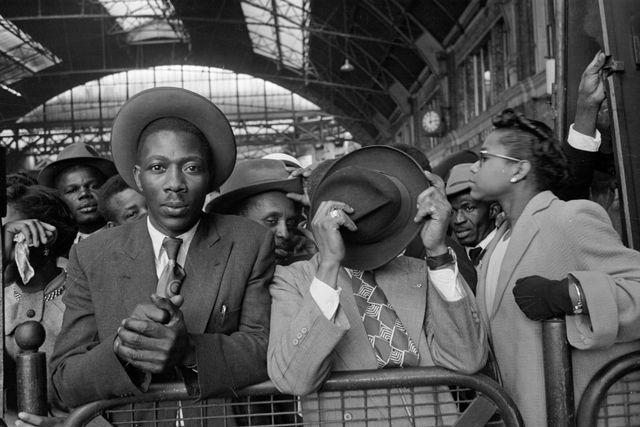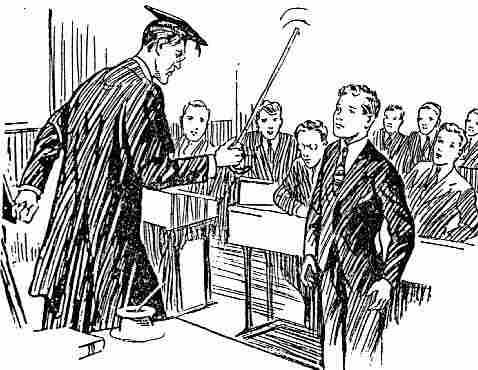Goodwood Revival. The words either bring a look of consternation to people’s faces or else they break out in smiles of recognition. The ones who smile do so because they have either been or are desperate to go. Goodwood, especially the Revival, is a feelgood event like no other. Think Glastonbury but for cars rather than music. Think Burning Man but for looking back at how the world used to be rather than looking forward to a future world. Goodwood Revival is nostalgia’s wet dream. You go back in time to what many people regard as the golden age of Britain in the C20th – the 40s, 50s and 60s. This was an era when the UK came out of the war, began to be prosperous and then led the world in counter-culture, fashion, music and automotive engineering. (It all went horribly wrong in the 1970s, but that’s another story.)
I have been to the Revival only twice: once in 2001 and again in 2021 – a gap of twenty years. Unsurprisingly for an event set in the past, nothing has changed. What makes the event so remarkable is the fact that everyone – everyone – from babies to octogenarians, dresses up in period costume. The crowd is tens of thousands strong, which means there are scores of be-whiskered RAF fighter pilots, US Air Force pilot officers, Royal Navy ratings and admirals, as well as vintage police officers, spat wearing pinstriped-suited spivs, overalled car mechanics, country squires, polka dot dressed ladies and beehive hair styled, mini skirted girls. There is enough Afghan coat to carpet and aerodrome and acres of tweed. (In truth, there are many men here who probably dress in a tweed suit, Viyella shirt, silk tie, brown brogues and a trilby hat every single day of the week, so this is nothing out of the ordinary for them.)

Tanya and her Jaguar XK120 drophead 
Captain officer Kean, RAF 
Spots and spivs 
1950 Keans
What draws all these people to the biggest fancy dress party of them all? Petrol. How fortuitous, then, that the event was held the week before the country suffered the worst fuel shortage in modern history (another consequence of Brexit, but let’s not go there again – there are so many). If Goodwood had been scheduled for this weekend, it would have been a much quieter event, even silent. For the thing that draws the crowds is the cars. There are hundreds of them. But these aren’t ordinary cars. They are all classics or vintage – cars from the era everyone else is dressed up in. Ferraris, Maseratis, Ford GT500s, A C Cobras, Pontiacs, Buicks, Chevvies, Triumphs, Rolls, Bentleys, Mercedes Gullwings, US Army Jeeps, fire engines, Daimler Darts and every model of Jaguar from the XK120 to the E-type. You name it, it’s here. And it’s racing.
Goodwood isn’t famous for the country house. It’s no Castle Howard or Blenheim. It isn’t famous for the grounds. There’s no Capability Brown landscapes on offer here. Instead, it’s famous for its race track. Motor racing track. During WWII it was converted into a military aerodrome. Between 1948 and 1966, Goodwood was the home of British motorsport. All the greats raced here. But times moved on and so did the increasingly sophisticated cars that competed in F1. But in 1998 the family re-instated racing at Goodwood and the Revival was born. It is now the biggest period race meet in the world.
The noise is terrific. Ear splitting. But magical. As the cars race – and they really are competitive and aggressively driven, in spite of the price ticket on most of them – there is a roar of engines and gear changing and the smell of fuel and the air is thick with fumes. It can be chokingly thick at times. In this era of electric cars and silent motors, this is sacrilege. But it is magnificent sacrilege. Sacrilege to Greta Thunberg and the environmental warriors of Extinction Rebellion and a retrograde event in the year of Glasgow COP26. Nonetheless, it is only a weekend and it is good to celebrate the internal combustion engine lest we forget how it liberated humanity from parochialism and made it possible for every family in Britain to move around under their own steam. And if you believe that travel broadens the mind, that’s no bad thing.

Pretty woman 
Peaky Blinder 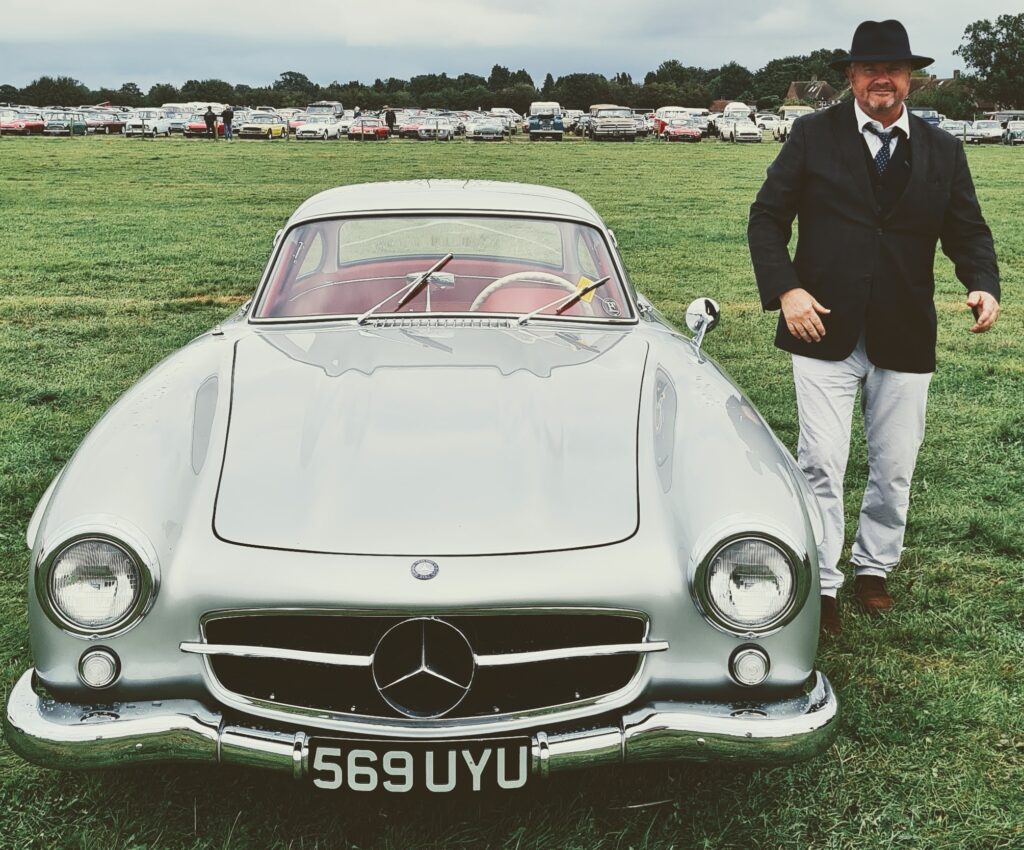
Gullwing 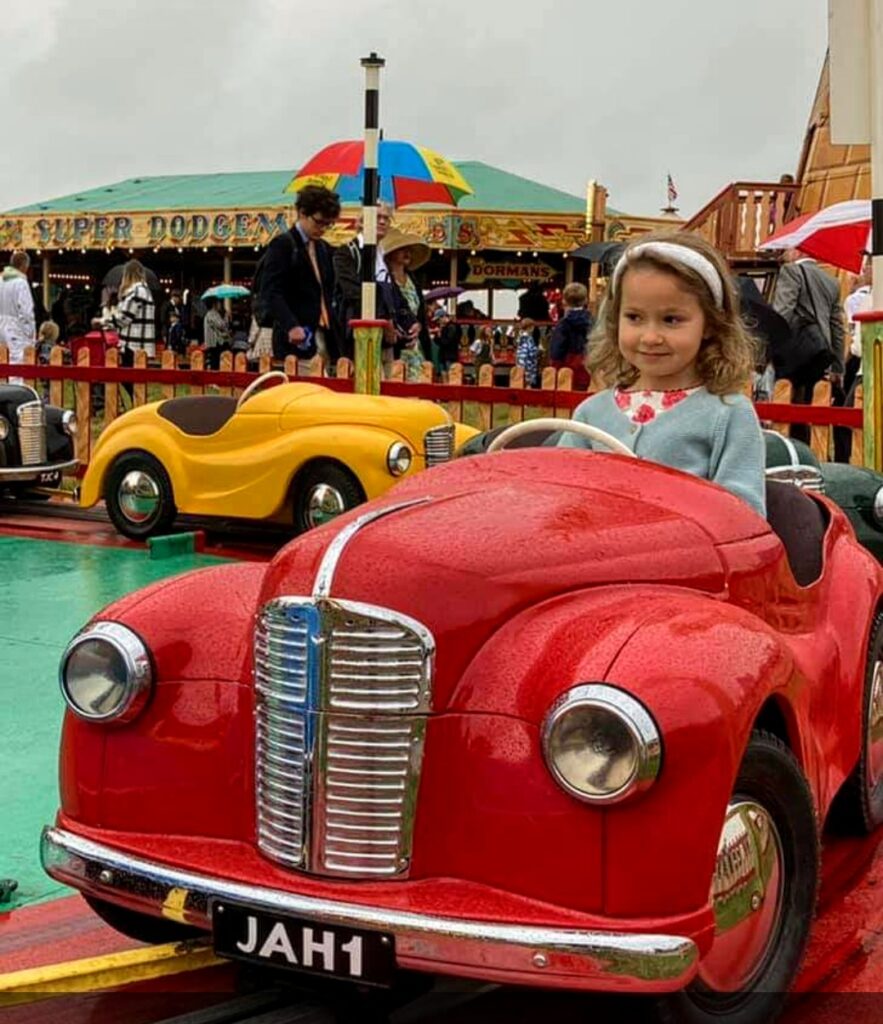
Lady in red (car)
We all dressed up (of course). We had our photos taken against the old cars that we fancied or that we felt summed up our persona (real of in fancy dress). We roamed the course from the fairground in the area known as Over the Road (Emily’s favourite) through the vintage military clothing stalls (Steven was after a leather flying jacket) to the paddock (which we smuggled ourselves into completely illegally) where all the racing cars and drivers prepare to compete. But the piece de resistance was on the inside of the racetrack. Jazz bands, Pimms stalls, stiff upper lips and Spitfires. Spitfires. Spitfires you can touch and peer inside the cockpit. Spitfires you can walk around and admire. Spitfires festooned with the be-feathered fan dancers from Goodwood’s trackside casino. It is a festival of over the top tropes of a bygone era.
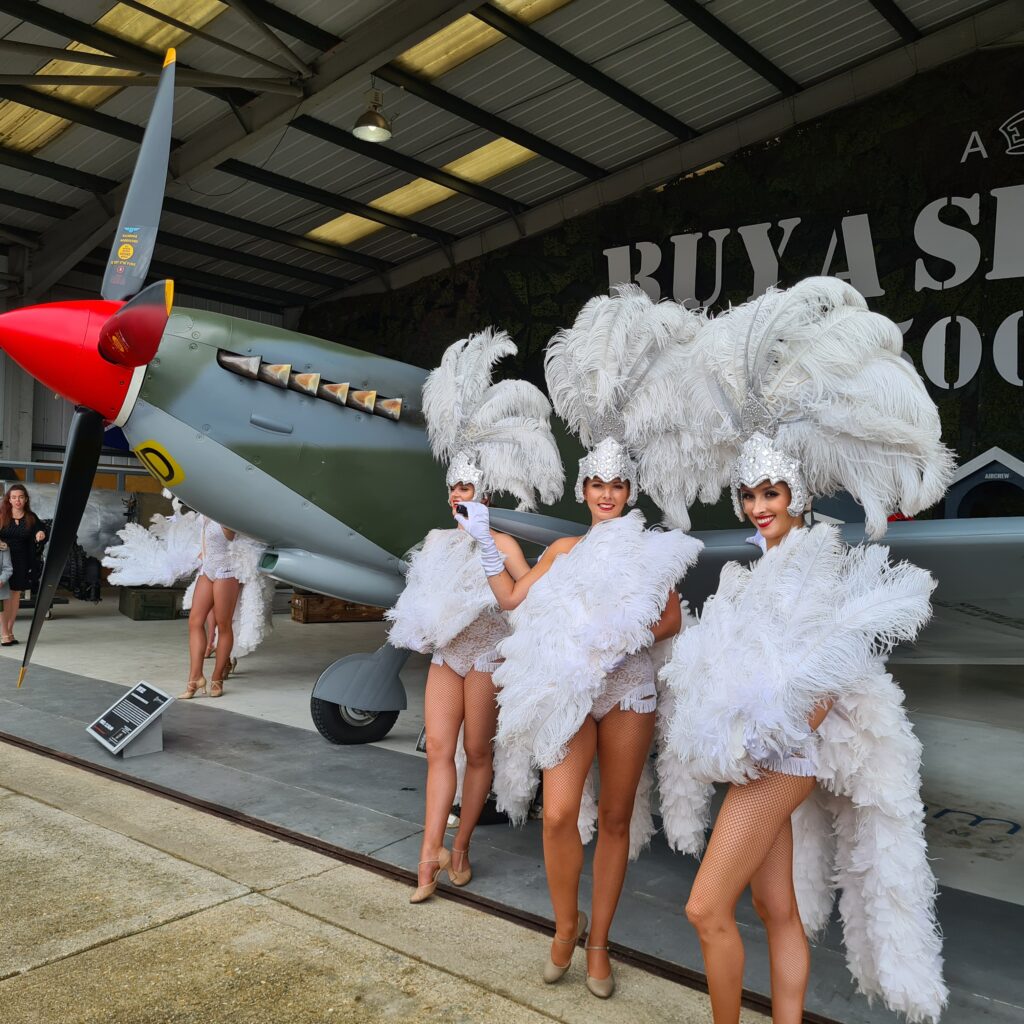
The glamorous Spitfire 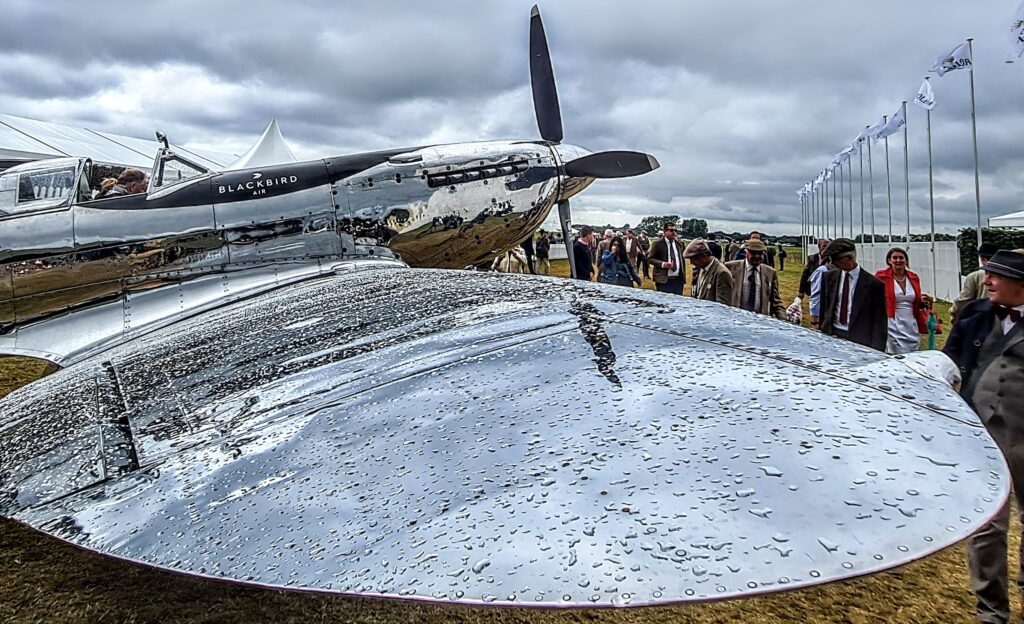
Silver wings 
1940s vintage fire engine 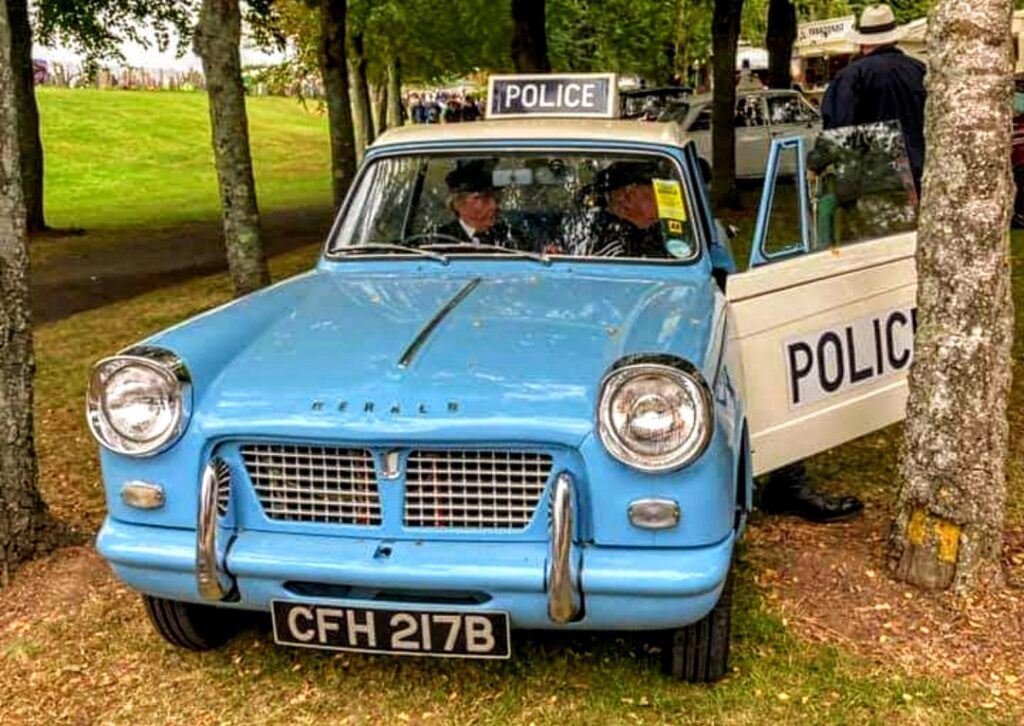
Cops looking for criminals
Goodwood Revival does not claim to be anything other than a simple indulgence in nostalgia. But whilst it is fun to dress up (people actually look smart as opposed to how the public tend to look nowadays, which, for all its freedom and eclecticism and cheap fabrics makes Britain look scruffy and behave like a slop) and to play the past, I wouldn’t want it back. I wouldn’t want to be subject to food rationing. Or to the conformity of dress. Or revert to homosexuality being illegal. Or to corporal punishment in schools. Or capital punishment for heinous crimes. Or to an era when men were men and women knew their place. Deference to politicians. To the rich man in his castle and the poor man at his gate.
God made them, high or lowly
And ordered their estate.
All things bright and beautiful
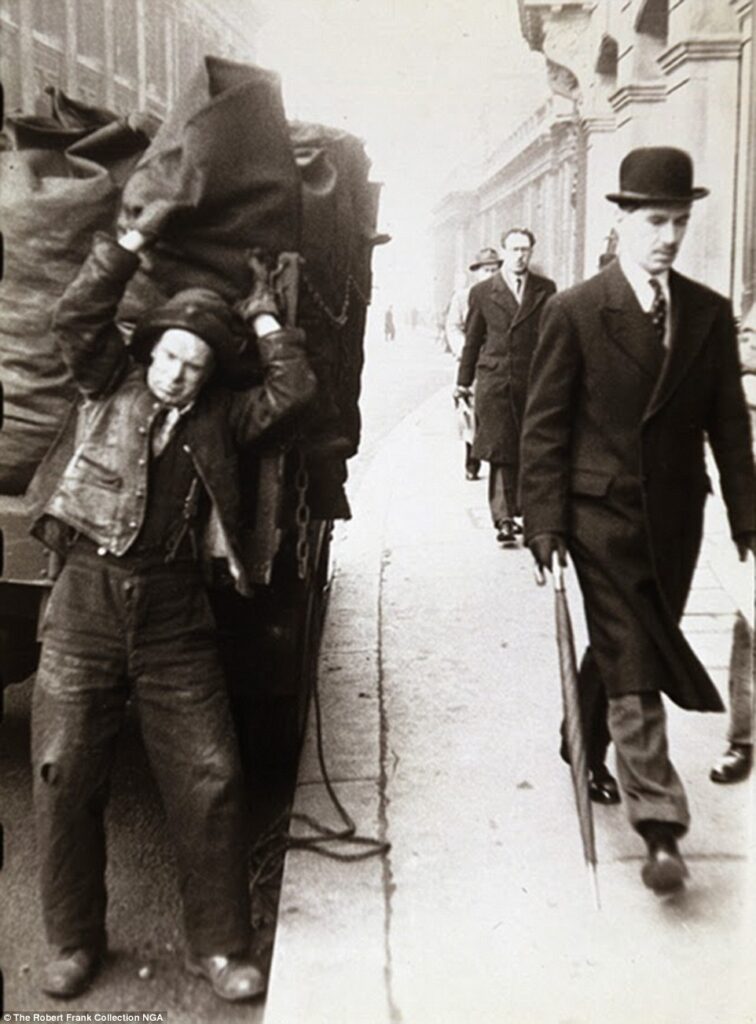
No, I do not want to return to the Little England values of Goodwood Revival. Yes, it’s civilised and charming on the surface. But the era being celebrated was also the era of the greatest social revolution in our island’s history. This is forgotten. The emergence of social mobility and, especially in the 1960s, of meritocracy – I remember Melvyn Bragg, the broadcaster, being asked in an interview what class he felt he was.
The media class.
Melvyn Bragg
This answer would have been unthinkable and meaningless in 1948 or even 1958. But in 1968, there was a genuine opportunity for the clever and able to rise in society and the establishment was being dislodged. The media was a vehicle for such mobility. In his film My Generation about the revolution in the 60s, Michael Caine talks about this phenomenon, where class barriers were broken.
I’ve met lots of equals. No betters
Michael Caine
Contrast that statement with the lyric from that national favourite hymn, All things bright and beautiful.
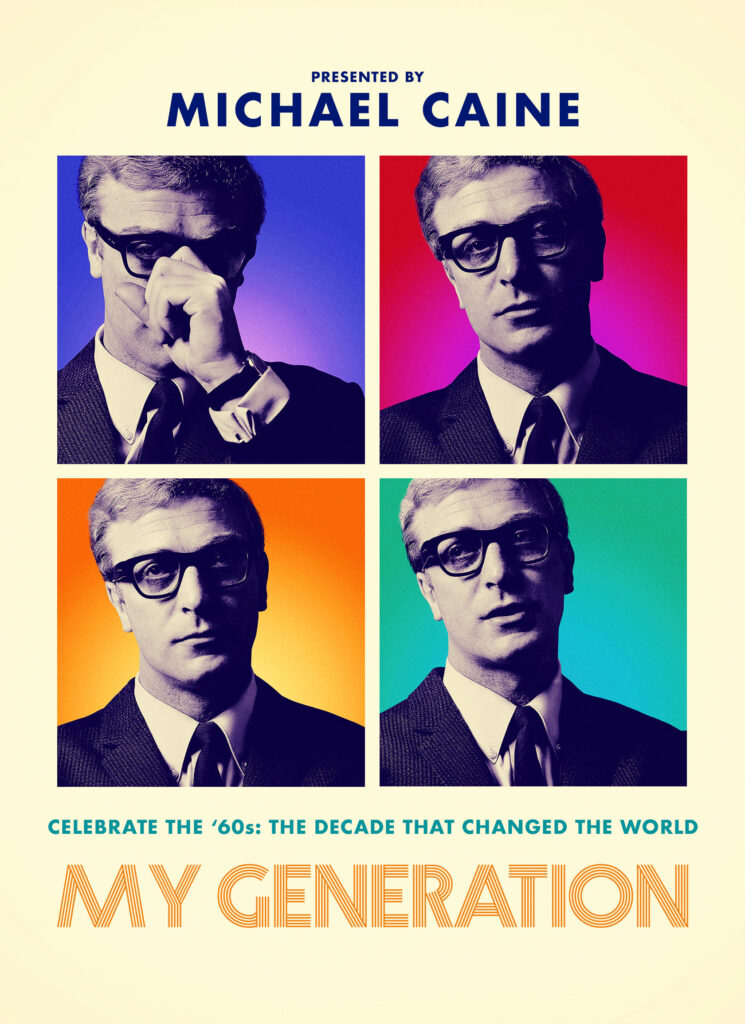
A land of opportunity opened up 
Melvyn Media Class 
Twiggy: from cockney to classy 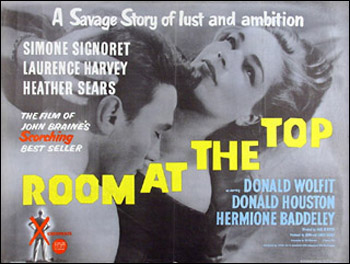
Social mobility and societal change shake up Britain. An era of change not unchange
And the language, too, has loosened up. Approximately 650 new words are officially added to the English language every year. There are many who lament this profligacy and the inability of Gen X, Y and Z to distinguish between a transitive verb and a dangling participle. These are the same people who cannot bear a split infinitive (even though this is a non rule). And who fulminate against text speak and the acceptance of new words in the Oxford English Dictionary such as craftivist and code red. It is the age old debate between the traditionalists and the modernists. For myself, even though some expressions, words and forms of words do stick in my craw, I am a modernist. I do not want to live in the past or inhabit a country which is an aspic-pickled, National Trust presented, pink trousered, Guernsey jumpered, Boden clothed Britain. Do I like the National Trust? Yes. Am I glad it exists? Absolutely. Along with millions of others (with six million members it’s the biggest ‘club’ in Britain), I believe it does a very important job. But unlike millions of others, I think the Trust is right to investigate the provenance of its estate and the link to slavery and money made from slavery. I am not a “don’t rake over the coals”, do not disturb the past type of person. We should investigate and understand the past. It is vital that we do so. The recent debacle in Afghanistan illustrates this truth horrifically.
The Goodwood Revival operates at surface level. It glosses over all the nasty, brutish stuff and does not claim to be an accurate sociological representation of the era it celebrates. At best it is merely a three day long nostalgic picnic. At worst, it represents a Britain far too many people want to bring back and who now vote for this at the polls. Which means that, uncharitable as it may be to do so, it is necessary to examine the underlying purpose of this picnic. For me, it is a reminder to think about what we wish for, and to be careful what we wish for. Wrapping ourselves up in the union flag, imagining that things were better when the world map was covered in pink and harking back constantly to British exceptionalism when ‘our backs were to the wall and we stood alone against the Nazi tyranny’, will not return us to the status we crave. It is a dangerous delusion. Stating it repeatedly will not bring it about. We will, instead, sounds like a demented grandpa, mumbling bitterly in the corner about times past and bemoaning the modern world. The Goodwood Revival is a reminder to examine not just what we perceive we have lost, but also to be thankful for what we have gained since those days. Rose tinted spectacles are all well and good, but, like all fancy dress, we must remember to take them off and not think they represent the reality of our world, even the reality back then. The 1940s. 50s and 60s were much more than glamorous outfits and sleek automobiles.
Looking back fondly for three days is forgivable. Enshrining nostalgia in national policy is not. It is dangerous and will make our already diminished nation even smaller and more irrelevant in the world. I propose we make the Goodwood Revival a national holiday and that it is replicated all around the country as a weekend of nostalgia. I would then ban any mention or re-enactment or conjuring up in imagery of the Battle of Britain, the ‘good old days’ fancy dress, nostalgia, Churchill, the clipped tones of Pathé news reels, dressing up in WWII regalia and wearing tweed.



